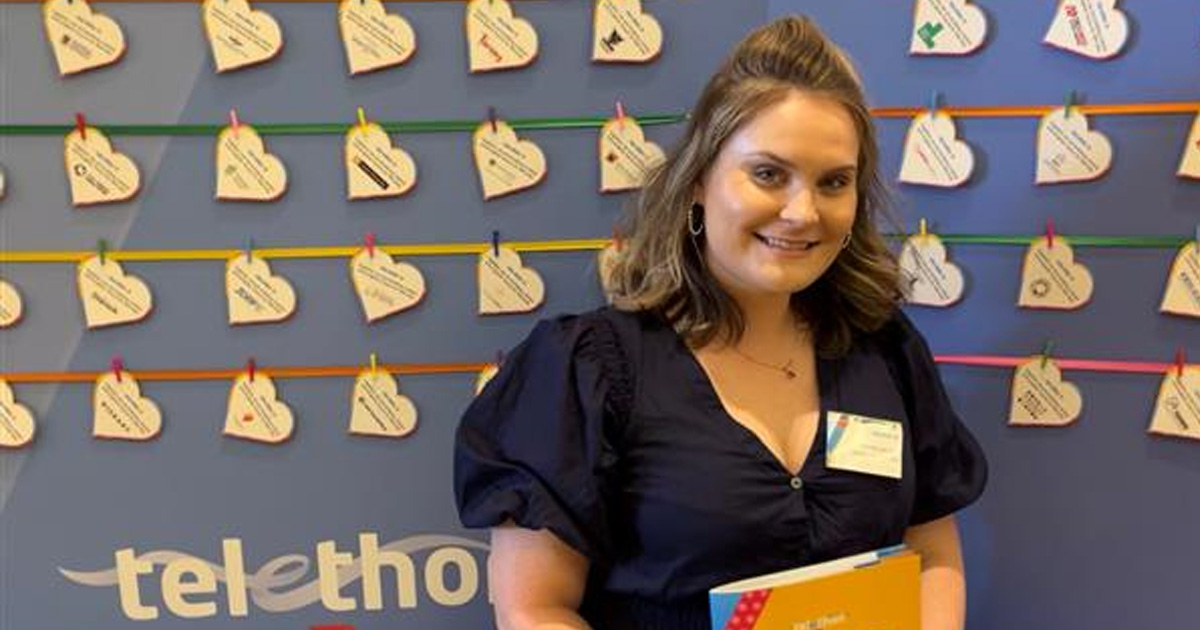Search
Research
Predicting obstructive sleep apnoea and perioperative respiratory adverse events in children: role of upper airway collapsibility measurementsObstructive sleep apnoea (OSA) and perioperative respiratory adverse events are significant risks for anaesthesia in children undergoing adenotonsillectomy. Upper airway collapse is a crucial feature of OSA that contributes to respiratory adverse events. A measure of upper airway collapsibility to identify undiagnosed OSA can help guide perioperative management. We investigated the utility of pharyngeal closing pressure for predicting OSA and respiratory adverse events.
Research
A review of pediatric fasting guidelines and strategies to help children manage preoperative fastingFasting for surgery is a routine step in the preoperative preparation for surgery. There have however been increasing concerns with regard to the high incidence of prolonged fasting in children, and the subsequent psycho-social distress and physiological consequences that this poses.
Research
Peri-operative steroid management in the paediatric populationPatients with adrenal insufficiency are at risk of adrenal crisis, a potentially life-threatening emergency in the peri-operative period due to their attenuated ability to mount a cortisol response.
Research
Complications associated with paediatric airway management during the COVID-19 pandemic: an international, multicentre, observational studyRespiratory adverse events in adults with COVID-19 undergoing general anaesthesia can be life-threatening. However, there remains a knowledge gap about respiratory adverse events in children with COVID-19. We created an international observational registry to collect airway management outcomes in children with COVID-19 who were having a general anaesthetic.

News & Events
Anaesthesia, suicide prevention and rare disease research supported by Telethon 2022The generous support of West Australians through Channel 7’s Telethon Trust will help support vital child health research at The Kids Research Institute Australia in 2023.
Research
Pain and recovery profiles following common orthopaedic surgeries in childrenLittle evidence exists on the postoperative trajectory after paediatric orthopaedic surgery. Pain and behavioural disturbance can have short- and long-term impacts on children and their families. An improved understanding of procedure-specific postoperative trajectories can enhance recovery. The primary outcome was to examine the duration and severity of postoperative pain experienced by children undergoing 10 commonly performed orthopaedic procedures.
Research
Patient positioning and its impact on perioperative outcomes in children: A narrative reviewPatient positioning interacts with a number of body systems and can impact clinically important perioperative outcomes. In this educational review, we present the available evidence on the impact that patient positioning can have in the pediatric perioperative setting. A literature search was conducted using search terms that focused on pediatric perioperative outcomes prioritized by contemporary research in this area.
Research
Effect of different lung recruitment strategies and airway device on oscillatory mechanics in children under general anaesthesiaAtelectasis has been reported in 68 to 100% of children undergoing general anaesthesia, a phenomenon that persists into the recovery period. Children receiving recruitment manoeuvres have less atelectasis and fewer episodes of oxygen desaturation during emergence. The optimal type of recruitment manoeuvre is unclear and may be influenced by the airway device chosen.
Research
Difficult intubation in syndromic versus nonsyndromic forms of micrognathia in childrenWe investigated how syndromic versus nonsyndromic forms of micrognathia impacted difficult intubation outcomes in children. Primary outcome was the first-attempt success rate of tracheal intubation, secondary outcomes were number of intubation attempts and complications. We hypothesized that syndromic micrognathia would be associated with lower first-attempt success rate.
Research
Risk assessment and optimization strategies to reduce perioperative respiratory adverse events in pediatric anesthesia—Part 1 patient and surgical factorsPediatric surgery cases are increasing worldwide. Within pediatric anesthesia, perioperative respiratory adverse events are the most common precipitant leading to serious complications.
